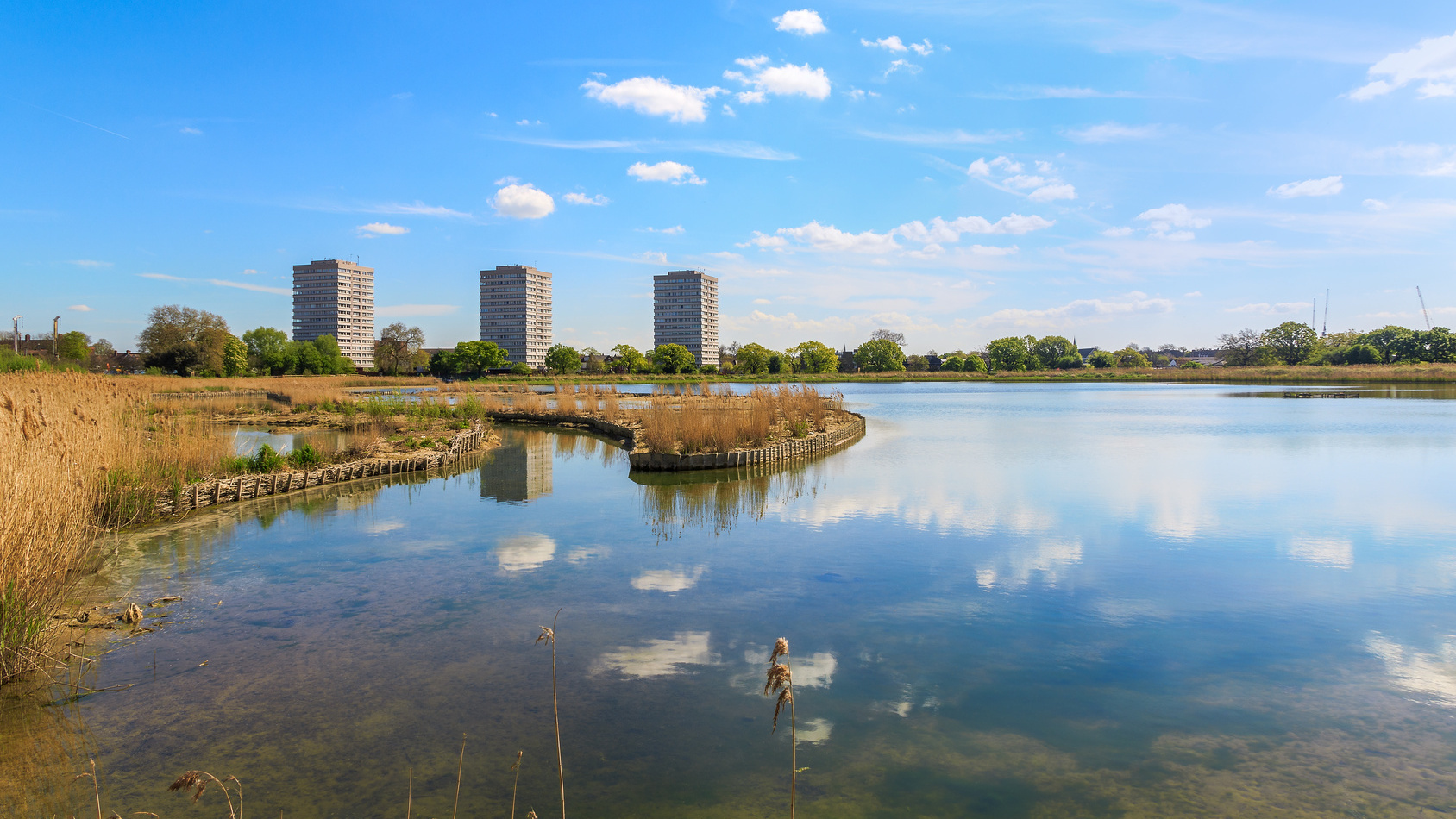
Climate change increases the frequency and intensity of future flood events, leading to higher costs of flood damages and increasing the public demand for protective measures. Traditional flood protection measures, mainly based on grey infrastructure (i.e. dikes, dams, etc), are not sufficient to cope with dynamic flood risk alone. Nature-based solutions such as Natural Water Retention Measures (NWRM) are promising options to mitigate flood risks as a complement to grey infrastructure. These types of measures not only serve to reduce risk, they also provide additional ecosystem services including increased biodiversity and recreation opportunities. However, a common characteristic of green infrastructure measures is that they often claim more land than traditional methods.
The challenge is to consider multifunctional land uses, which enable temporary flood retention and flood storage on private land without restricting the provision of other ecosystem services. The reconciliation of flood risk management and land management is needed. Since all NWRM primarily need to be implemented on private land the consideration of multiple aspects includes: economic issues (e.g. how to compensate for or incentivize flood retention services); property rights issues (e.g. how to allow temporary flood storage on private land); issues of public participation (e.g. how to ensure the involvement of private landowners) as well as issues of public subsidies (e.g. how to integrate/mainstream flood retention in agricultural subsidies). LAND4FLOOD COST Action aims to address these different aspects and to establish a common knowledge base and channels of communication among scientists, regulators, land owners and other stakeholders in field.
Key Questions:
– Which synergies can be identified between different land uses and the provision of flood storage and ecosystem services?
– How can the knowledge base about advantages and potentials of NWRM, large scale flood retention and resilient cities be strengthened and their importance communicated to different actors at the local, regional and catchment levels?
– How can land owners be encouraged to adapt land uses and land management strategies which allow for increased water retention capacity
– How can public and private stakeholders in urban and rural areas engage with each other to reduce flood damage through a comprehensive management plan based on the implementation of retention and resilience measures throughout the catchment?
Project details
- Project name: LAND4FLOOD
- Lead partner: J. E. Purkyne University in Usti nad Labem, Czech Republic
- Funded by: COST is supported by the EU framework programme HORIZON
- Operational time: 07/2017-06/2020
- Project number: CA 16209
- Project website: www.land4flood.eu
Project partners
Utrecht University, The Netherlands; University of Ljubljana Slovenia; Flood Hazard Research Center United Kingdom; University of Gavle Sweden; Academy for Spatial Research and Planning Germany; Technische Universitat Dresden Germany; University of Natural Resources and Life Sciences, Vienna Austria; Baltic Environmental Forum Latvia; Center for Innovative Urban-, Industrial- and Social Development Norway
Contact person
- Kristīna Veidemane


